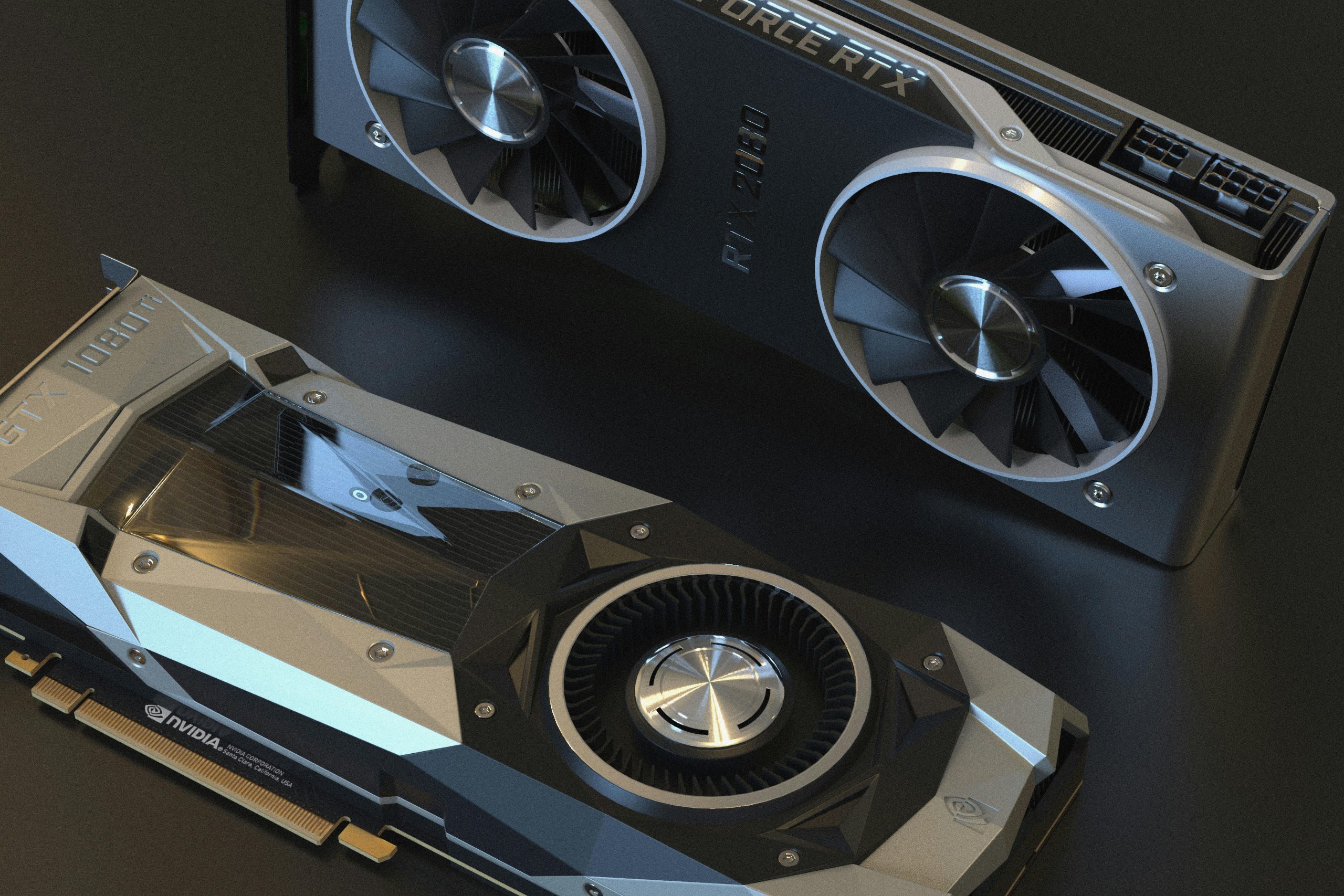Troubleshooting No Signal Issue When Connecting an NVIDIA GeForce GT 730 to Your Dell PC
Experiencing display connectivity issues can be frustrating, especially when your system’s hardware and drivers are seemingly up to date. If your Dell PC displays a “no signal” message when connecting an NVIDIA GeForce GT 730 GPU, but functions properly with integrated Intel HD Graphics 4600, this guide aims to help you diagnose and resolve the issue effectively.
Understanding the Setup
- Integrated Graphics: Intel HD Graphics 4600
- Dedicated GPU: NVIDIA GeForce GT 730
- Connection Type: D-Sub (VGA)
- Operating System: Likely Windows, based on driver references
- Issue Symptoms: Intermittent “no signal” messages when using the NVIDIA GPU; stable display when using integrated graphics
Common Causes and Troubleshooting Steps
- Verify Hardware Connections
- Ensure that the NVIDIA GPU is properly seated in the PCIe slot.
- Check that the monitor cable (D-Sub) is securely connected to the GPU if connected directly, or to the motherboard if using integrated graphics.
-
Confirm that the power connectors (if required) are properly attached to the GPU.
-
Select the Appropriate Display Output
- When using a dedicated GPU, make sure the monitor is connected to the GPU’s video port, not the motherboard’s integrated graphics port.
-
If your PC defaults to integrated graphics, you’ll need to manually switch the display output or set the primary display in BIOS.
-
Update or Reinstall Graphics Drivers
- You’ve mentioned updating to driver version 391.35, which is a good step.
- Note that NVIDIA recommends using the latest drivers for optimal performance. Visit the official NVIDIA website to download the latest stable driver compatible with the GT 730.
-
If issues persist, perform a clean installation of drivers using Display Driver Uninstaller (DDU) to remove remnants of previous drivers before installing the latest version.
-
Check BIOS Settings
- Enter your PC’s BIOS setup during startup.
- Look for settings related to integrated graphics (e.g., IGD, iGPU) and try disabling integrated graphics or setting your PCIe slot as the primary display output.
-
Save changes and reboot.
-
Consider BIOS and Firmware Updates
- Ensure your motherboard BIOS is up to date. Sometimes, BIOS updates improve compatibility with new GPUs.
-
Visit Dell’s support website, enter your model, and look for the latest BIOS update.
-
Test the
Share this content:



